California has long been a dream destination for those seeking sunshine, opportunity, and adventure. However, many new residents quickly discover that life in the Golden State isn’t exactly what they expected. From unexpected costs to unique cultural quirks, there are plenty of surprises awaiting newcomers. Whether you’re moving for work, school, or just a change of scenery, here are 14 things that might catch you off guard once you settle in.
1. The Cost of Living Is Even Higher Than You Think
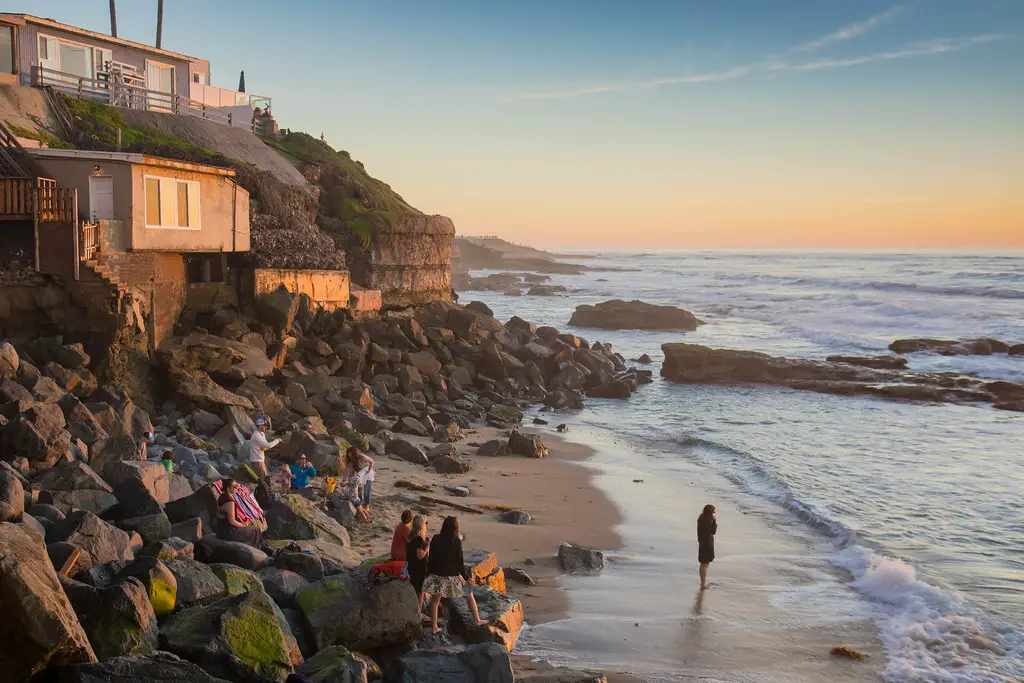
It’s no secret that California is expensive, but many new residents are still shocked by just how high the cost of living truly is. Housing prices in cities like San Francisco, Los Angeles, and San Diego are among the highest in the nation, and even smaller towns aren’t immune to steep rents. According to a 2024 report from the California Association of Realtors, the median home price in the state now exceeds $800,000, making homeownership out of reach for many. Beyond housing, everyday essentials such as groceries, gas, and utilities are also significantly more expensive compared to other states.
Even for those who manage to find affordable housing, additional expenses can quickly add up. Many cities impose high state income taxes, property taxes, and other fees that newcomers may not have considered. Dining out, entertainment, and transportation costs are also higher than in much of the country. While salaries in California tend to be higher to offset these costs, many new residents find that their paychecks don’t stretch as far as they had hoped.
2. Traffic Is a Way of Life

If you thought you were prepared for California’s infamous traffic, think again. The congestion in major cities like Los Angeles and San Francisco is worse than most newcomers anticipate, with commutes often stretching well beyond an hour. According to a study by INRIX, Los Angeles drivers lost an average of 95 hours sitting in traffic last year, ranking among the worst in the country. Rush hour can start as early as 6 a.m. and last well into the evening, making it a major adjustment for those coming from less congested areas.
Public transportation exists in some cities, but it’s not always a reliable alternative. While the Bay Area’s BART system and LA’s Metro can help, they don’t always reach the sprawling suburbs where many Californians live. Ride-sharing apps like Uber and Lyft are popular, but they come with surge pricing and additional costs. Many new residents quickly realize that owning a car is still a necessity, even with the state’s push for greener transportation solutions.
3. The Weather Isn’t Always Perfect
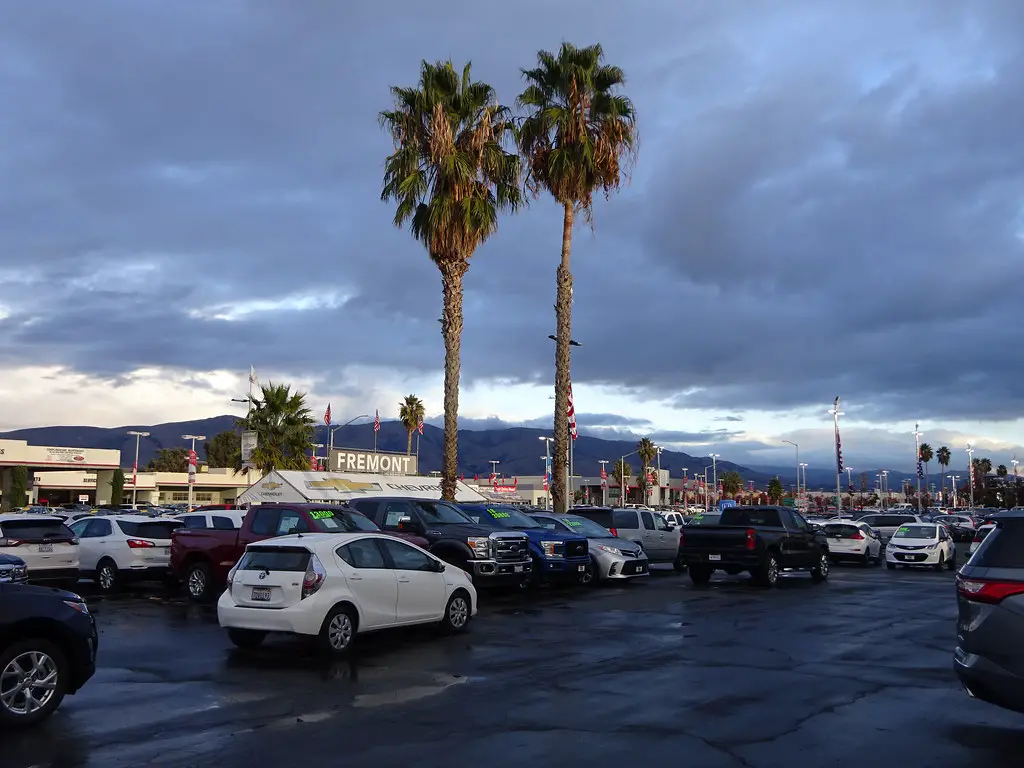
California is famous for its sunny weather, but many newcomers are surprised to find that it’s not always as picture-perfect as they imagined. While coastal areas enjoy mild temperatures year-round, inland regions can experience extreme heat, especially during summer. According to the National Weather Service, parts of the Central Valley and Southern California’s desert areas can see temperatures soaring above 110°F in the summer months. Wildfires, droughts, and even occasional heavy storms also impact different parts of the state, making it important for residents to stay prepared.
The famous “June Gloom” in coastal cities like Los Angeles and San Diego often surprises new arrivals expecting constant sunshine. Mornings can be foggy and cool, lasting well into the afternoon before the sun makes an appearance. Additionally, Northern California has a much rainier climate than the south, with cities like San Francisco experiencing wet winters that newcomers from drier states might not expect.
4. The Job Market Is Competitive
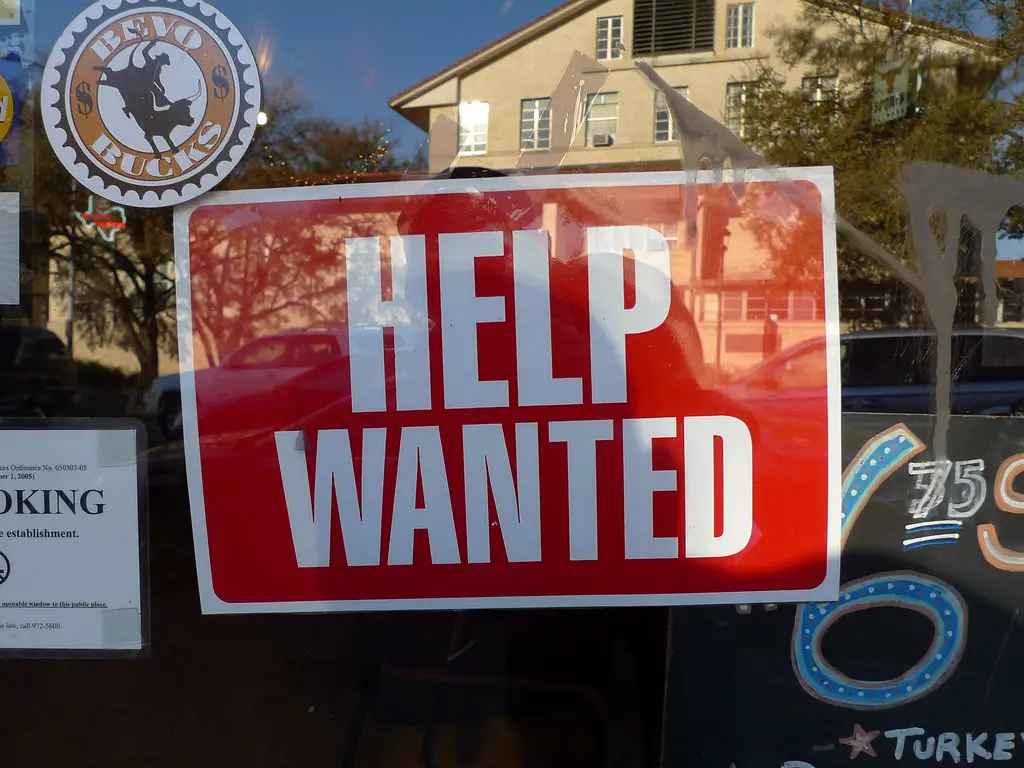
California offers plenty of job opportunities, especially in industries like technology, entertainment, and finance. However, new residents often find that competition for well-paying positions is fierce. According to a 2024 report from the California Employment Development Department, the state’s unemployment rate remains relatively low, but salaries often don’t keep up with the high cost of living. This is particularly true for those entering creative fields like film, music, and design, where demand for jobs far exceeds available positions.
Networking plays a crucial role in securing employment, and many newcomers struggle to break into professional circles. In cities like Los Angeles and San Francisco, who you know can sometimes be just as important as what you know. Gig work, freelancing, and contract positions are common, especially for those trying to gain a foothold in their industries. While opportunities exist, new residents often need patience and persistence to land their ideal job.
5. Earthquakes Are a Constant Concern

California sits on multiple fault lines, making earthquakes an unavoidable part of life. While most are small and cause little damage, larger quakes can be a serious concern. Many newcomers feel uneasy about the unpredictability of earthquakes, especially if they’re from areas where natural disasters are more predictable, like hurricanes or tornadoes.
Unlike other disasters, earthquakes strike without warning, making preparedness essential. Californians learn to secure heavy furniture, keep emergency kits on hand, and participate in earthquake drills. Despite these precautions, the first time a new resident feels the ground shake can be an unsettling experience.
6. Grocery Prices Will Shock You
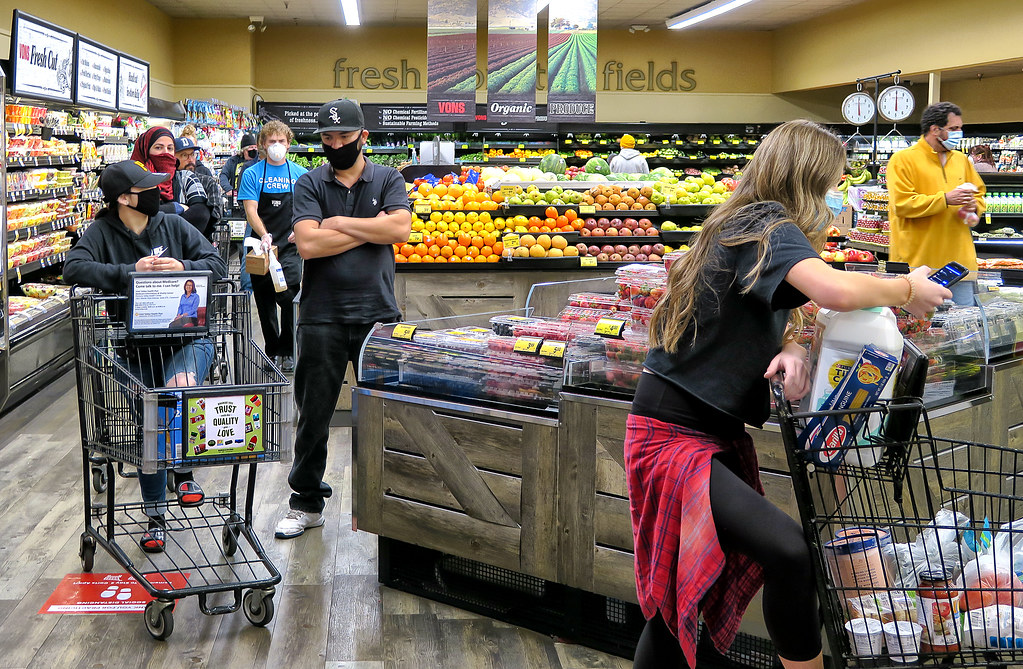
Shopping for groceries in California is often more expensive than in other states. Even at standard chain supermarkets, prices for fresh produce, dairy, and meat can be significantly higher than the national average. Organic and specialty items, which are widely available, come with an even steeper price tag.
Farmers’ markets are popular throughout the state, offering fresh and local options, but even these can be pricey. Many new residents find themselves adjusting their grocery budgets or seeking out discount stores like Grocery Outlet to keep costs under control.
7. Housing Competition Is Cutthroat

Finding a place to live in California isn’t just expensive—it’s also extremely competitive. Rental properties in desirable areas get snapped up quickly, often with multiple applicants vying for the same unit. Landlords frequently require strong credit scores, high security deposits, and proof of income that’s at least three times the rent.
Many renters resort to offering over the asking price, paying several months upfront, or even submitting personal letters to landlords to stand out. This intense competition makes moving especially stressful for those unfamiliar with the process.
8. Wildfire Season Is a Real Concern
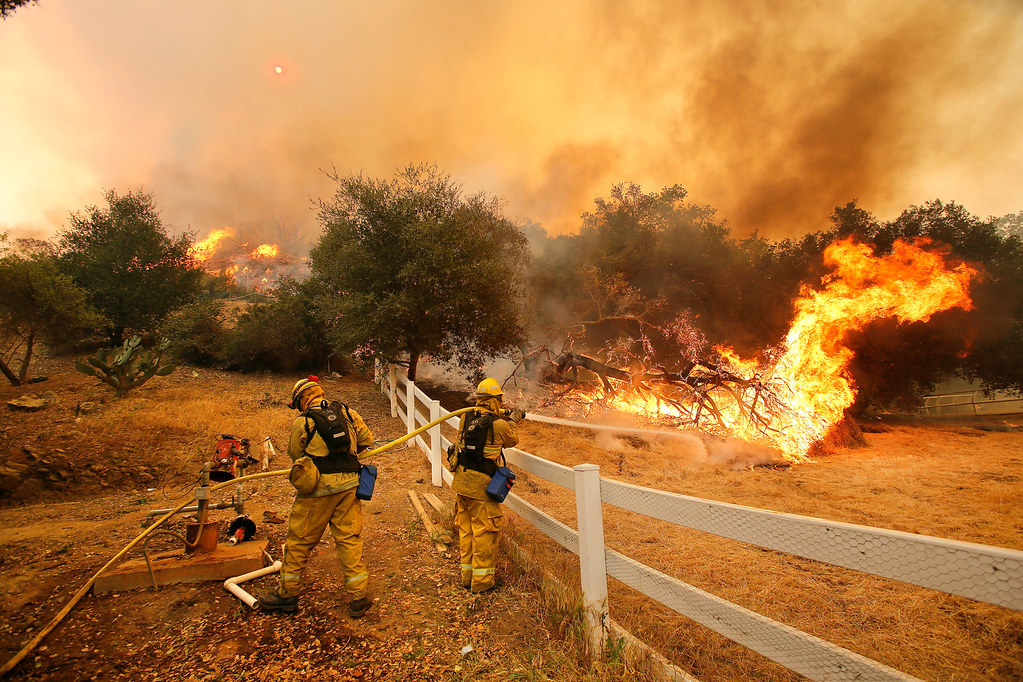
Wildfires have become an annual threat in California, affecting both urban and rural areas. Smoke from large fires can spread across hundreds of miles, impacting air quality for weeks. New residents may not realize how common evacuations, power shut-offs, and property damage are in fire-prone regions.
Many homeowners and renters now consider fire risk when choosing where to live. Some insurance companies have even stopped offering policies in high-risk areas, adding another financial burden to living in the state.
9. The Water Crisis Is Ongoing
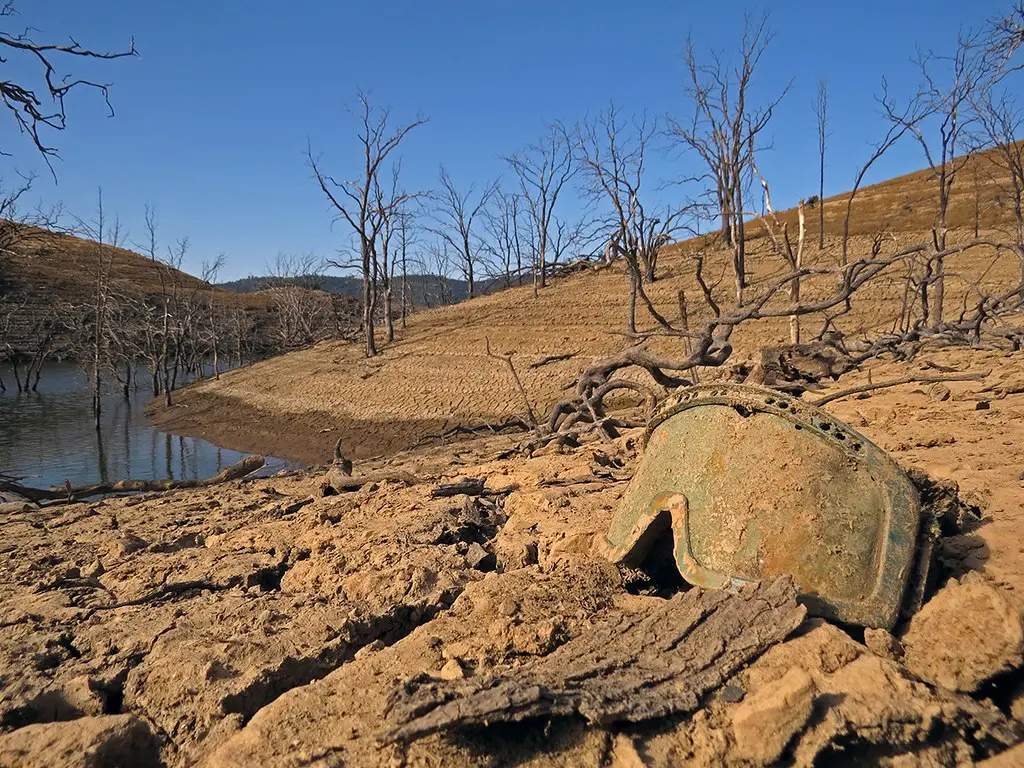
Drought conditions have plagued California for years, leading to strict water conservation measures. Many cities enforce lawn watering restrictions, and some homeowners have swapped grass for drought-resistant landscaping. Water bills can be surprisingly high, especially in areas with tiered pricing structures.
Newcomers may find it strange that long showers and green lawns are often frowned upon. In some areas, “water police” issue fines for violations, reinforcing how serious the state takes its conservation efforts.
10. Outdoor Life Is Unparalleled

Despite the challenges, California offers some of the best outdoor experiences in the country. From national parks to scenic coastlines, residents have endless opportunities for hiking, surfing, skiing, and more. The variety of landscapes within a short drive is something few other states can match.
Many newcomers quickly fall in love with the outdoor lifestyle, spending weekends exploring Yosemite, Big Sur, or Lake Tahoe. While city life can be overwhelming, the accessibility of nature provides a welcome escape.
11. You’ll Need to Be Prepared for Power Outages
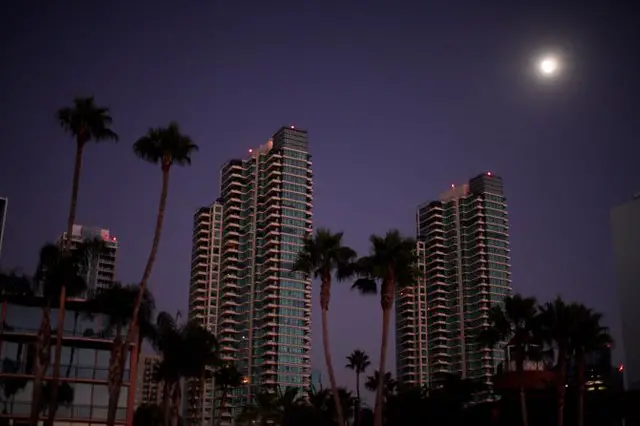
Power outages are a frequent reality in many parts of California, particularly during wildfire season. In an effort to prevent fires caused by power lines, utility companies sometimes implement planned shutoffs that can last for hours or even days. These blackouts often occur during hot, dry, and windy conditions, leaving residents without air conditioning, refrigeration, or internet access.
Beyond wildfire-related shutoffs, rolling blackouts can also happen due to high energy demand during summer heat waves. Many Californians have turned to solar panels and backup battery systems to mitigate the impact, but for new residents, the unpredictability of power outages can be frustrating. Keeping flashlights, portable chargers, and a backup food supply on hand is essential for adjusting to this reality.
12. The Homelessness Crisis Is Visible Everywhere

California’s homelessness crisis is one of the most pressing issues facing the state, and it’s something that new residents notice immediately. Cities have large homeless populations, with encampments visible along highways, in parks, and on city streets. The issue is complex, driven by high housing costs, mental health challenges, and insufficient social services.
While many residents feel compassion for those affected, others struggle with the impact on public spaces, safety, and local businesses. Some cities have increased efforts to provide shelter and resources, but progress has been slow, leaving homelessness an unavoidable part of daily life for Californians. The contrast between extreme wealth and extreme poverty is stark, and it’s something that can be jarring for those moving in from other states.
13. Politics Are Deeply Divisive

California is often seen as a progressive stronghold, but the state’s political landscape is more nuanced than many newcomers expect. While major cities lean heavily liberal, rural and inland areas tend to be more conservative. This contrast creates a deeply divided political climate, with ongoing debates over taxation, housing policies, and environmental regulations.
Residents in different regions often have vastly different perspectives on issues like business regulations, crime, and government spending. Political tensions can be especially noticeable during elections, when campaign ads flood the airwaves and discussions become heated. Newcomers should be prepared for passionate political discourse and a wide range of opinions across the state.
14. The Wildlife Is More Than Just Beach Views and Redwood Trees

California’s natural beauty is a major draw, but new residents are often surprised by the wildlife they encounter. While many expect to see seagulls along the coast and towering redwoods in the north, they may not be prepared for coyotes wandering suburban streets, mountain lions spotted near hiking trails, or rattlesnakes sunbathing on backyards and golf courses.
Bears, wild boars, and even scorpions can make appearances in different parts of the state, particularly in rural or mountainous areas. Residents learn to take precautions, like securing trash bins, keeping small pets indoors at night, and watching where they step in dry, grassy areas. For those used to tamer environments, the unexpected presence of wildlife can be both thrilling and a little nerve-wracking.
